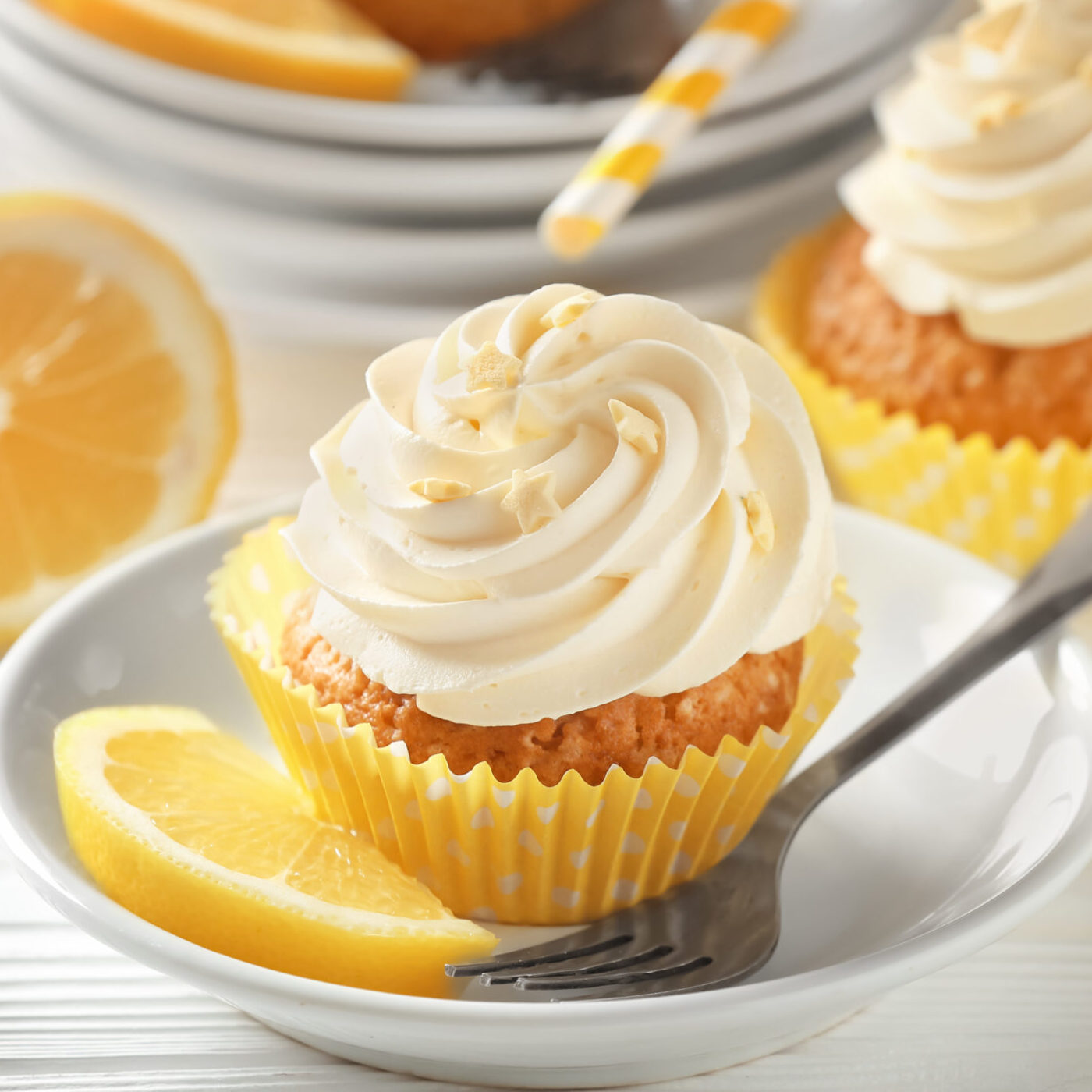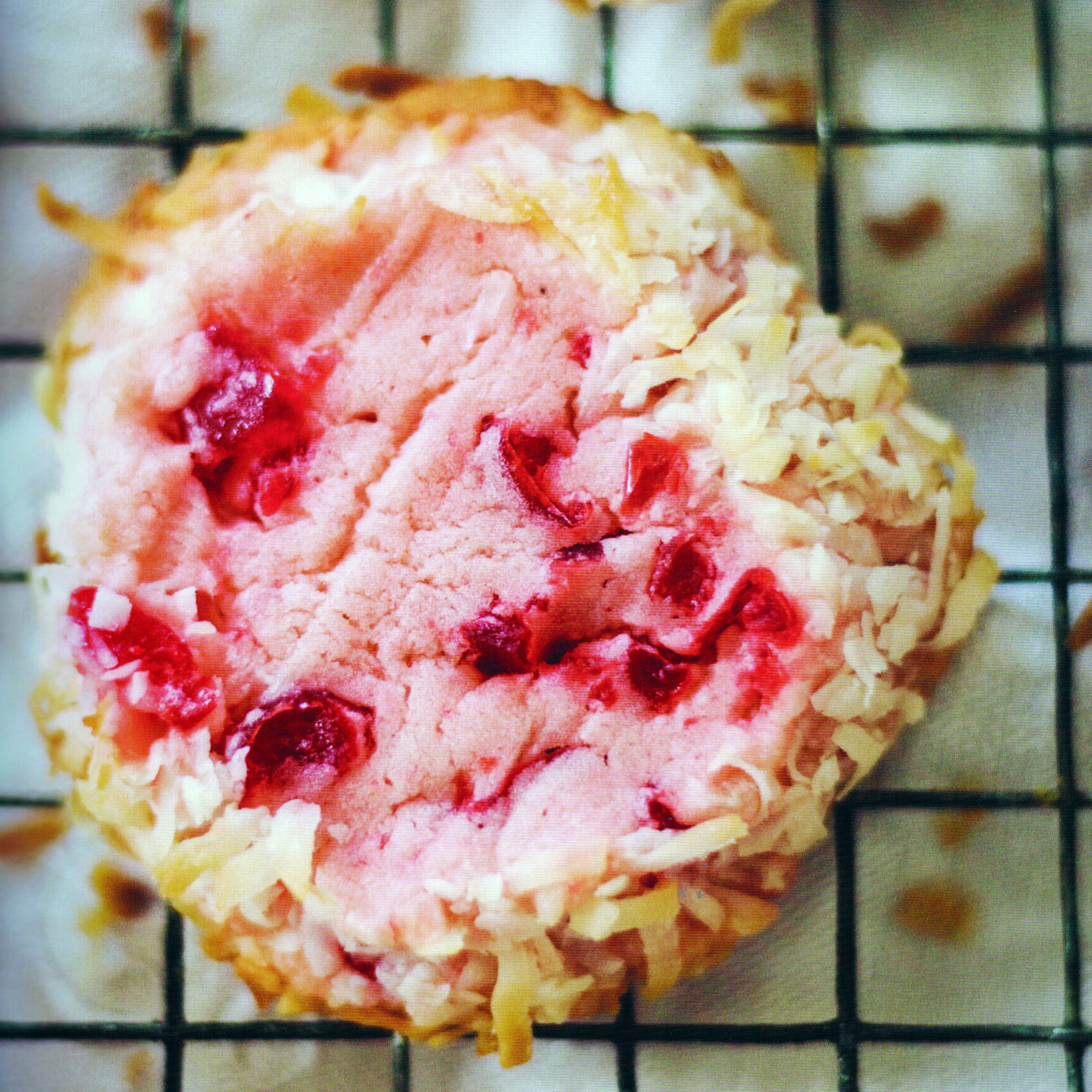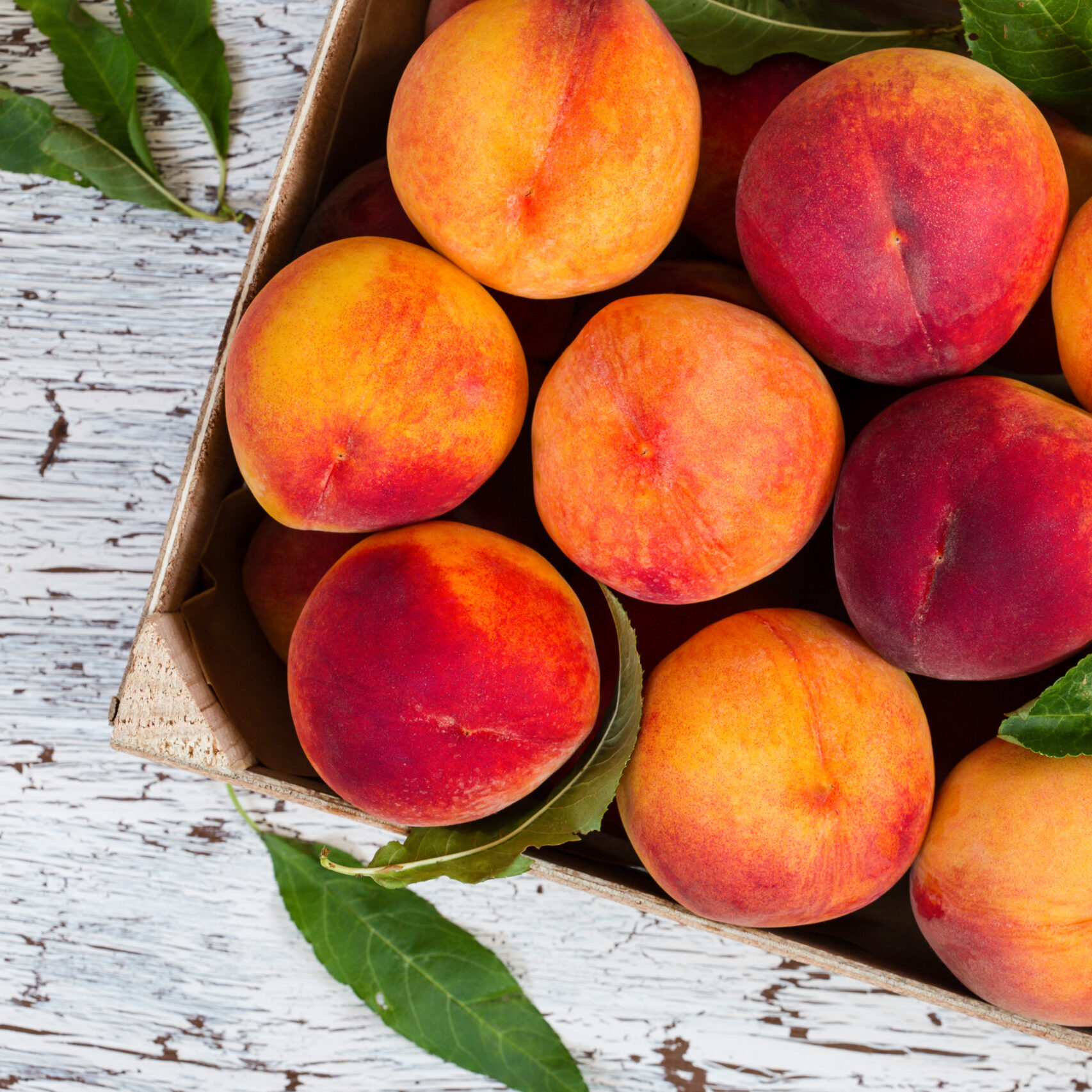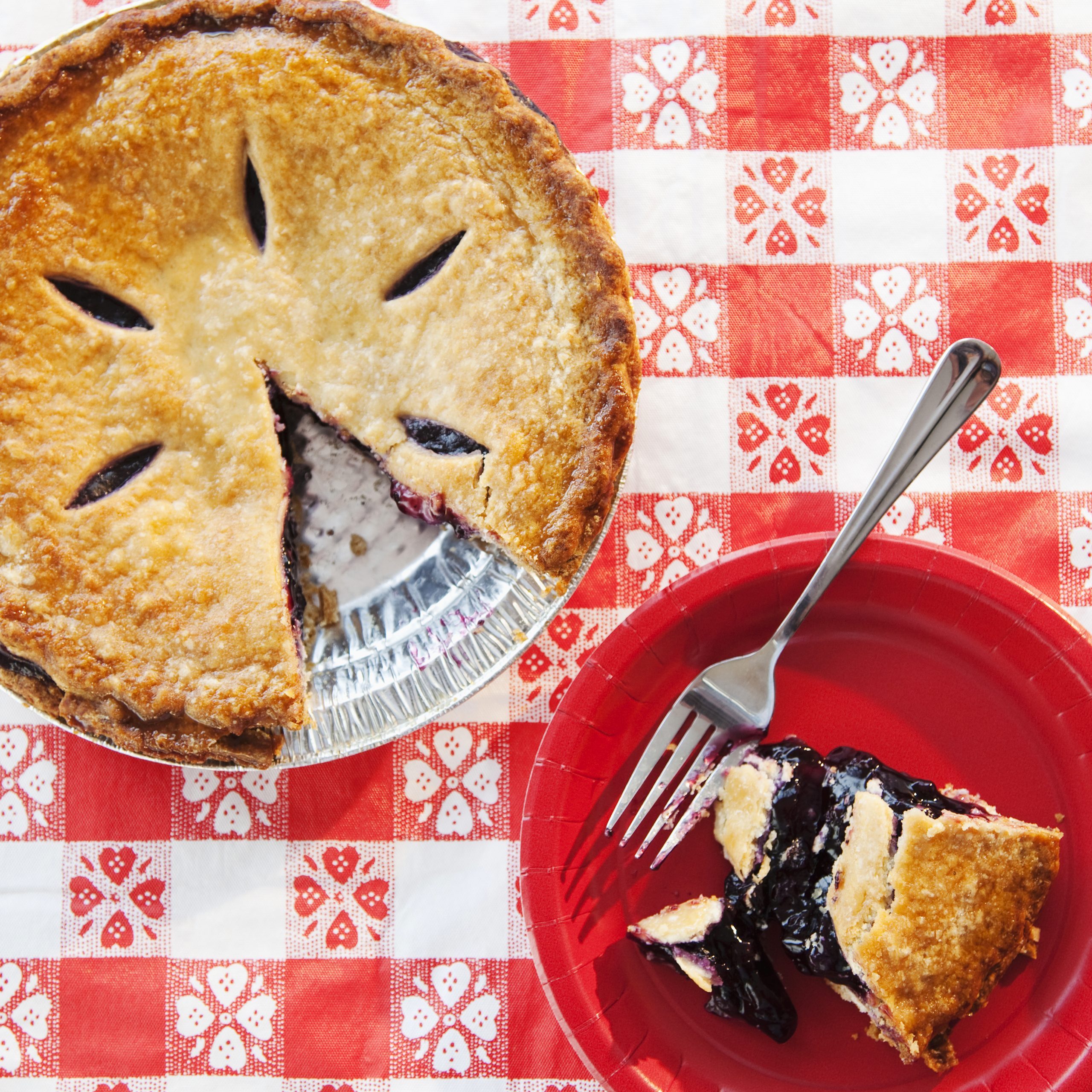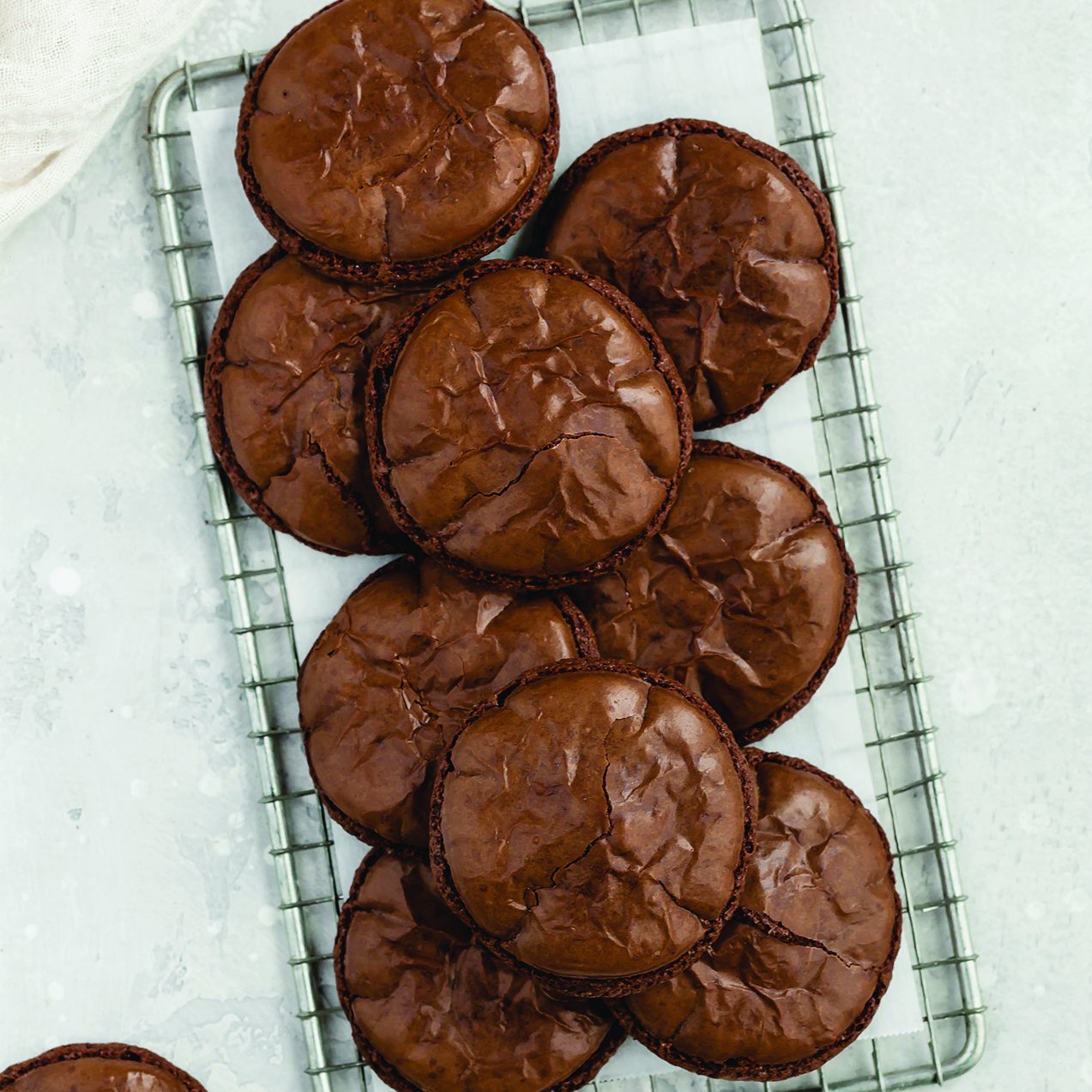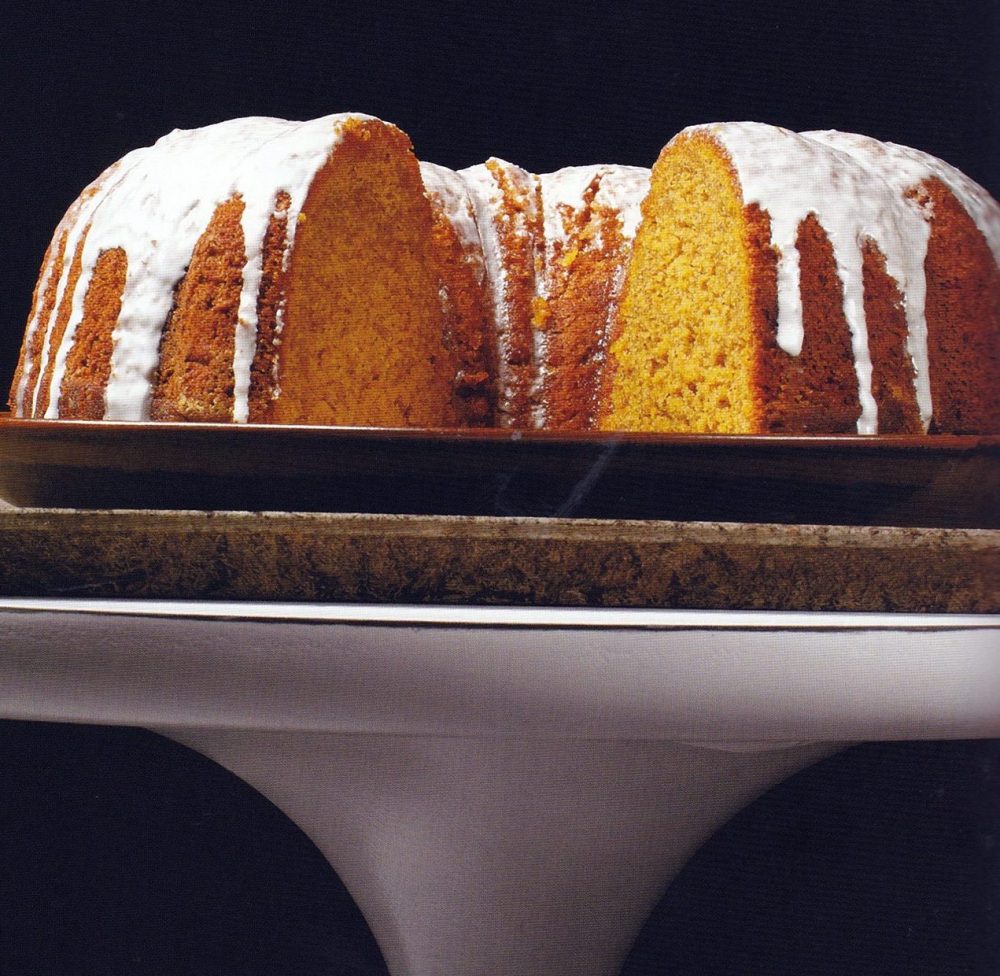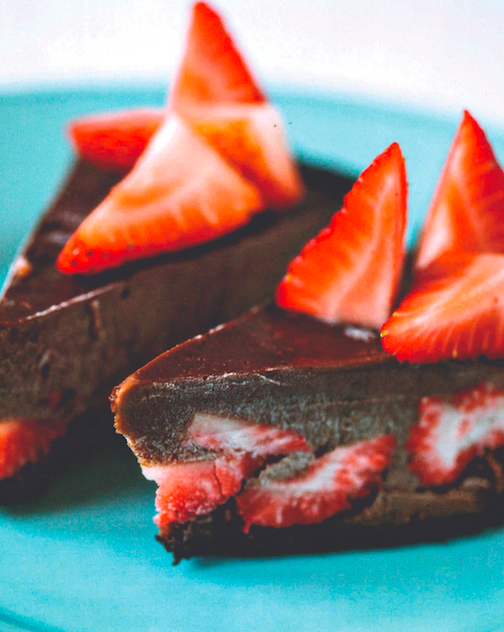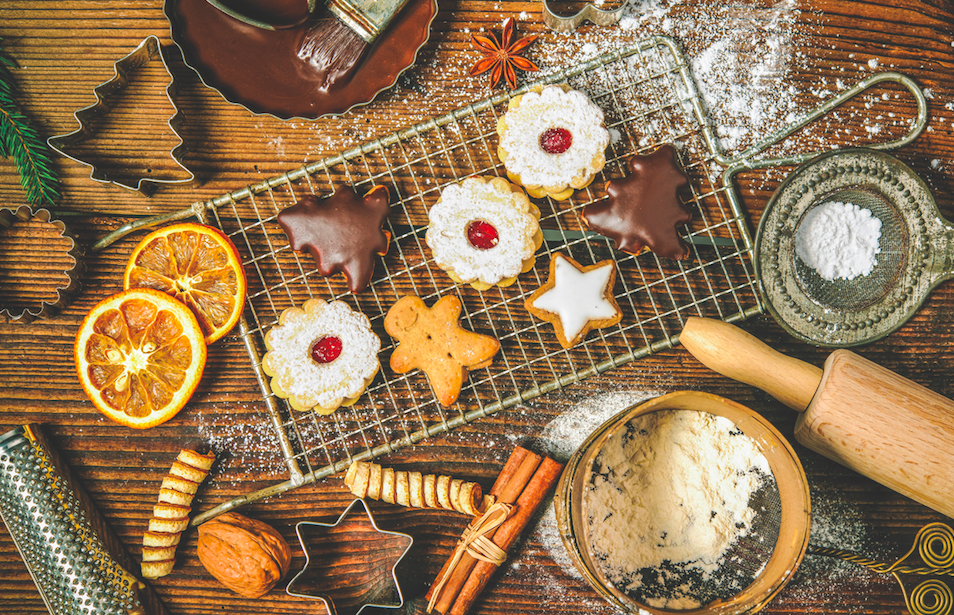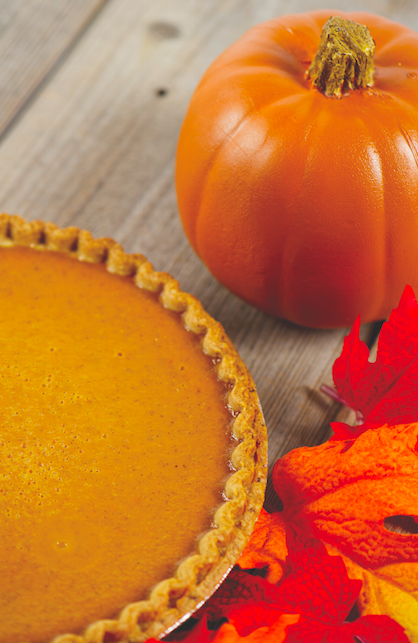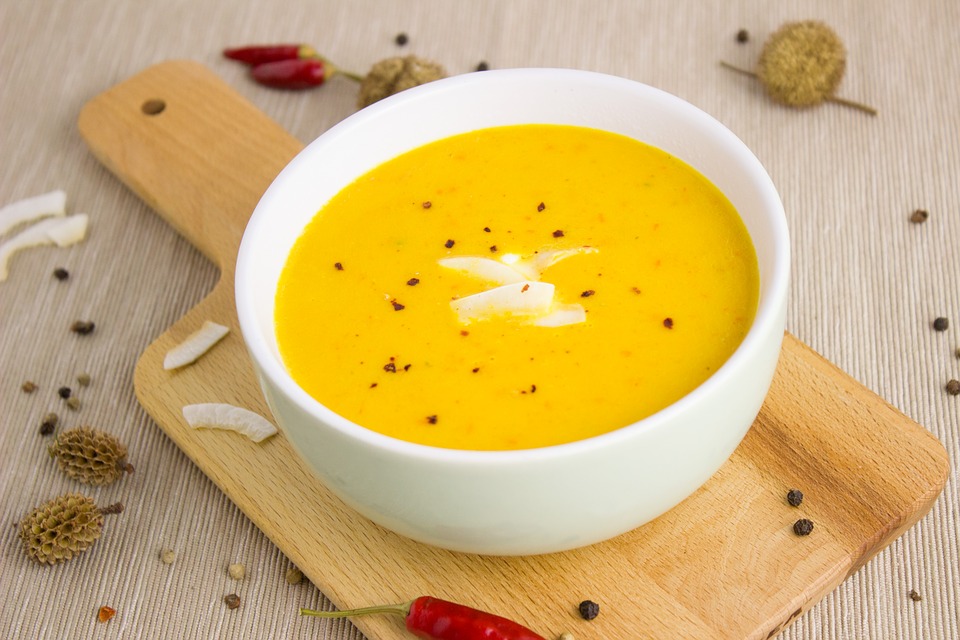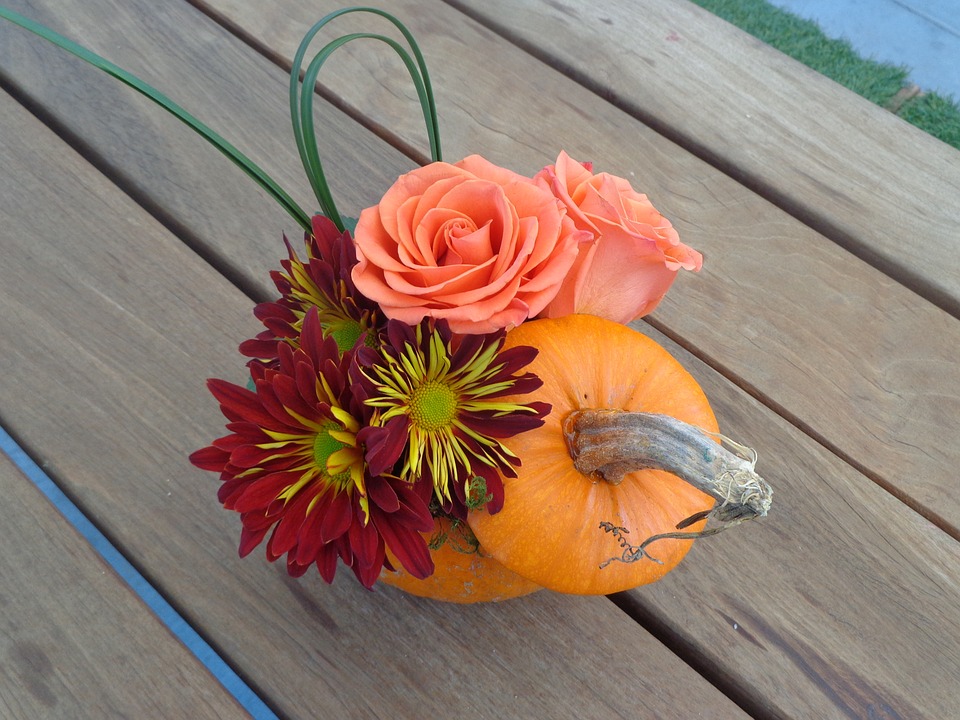Cupcakes are handheld treats that can make any celebration even more spectacular. If guests expect the standard flavors of chocolate, vanilla or even red velvet, change things up with a sunny surprise: lemon!
Enjoy this recipe for “Lemon Drizzle Cupcakes” from “Jane’s Patisserie” (Sourcebooks) by Jane Dunn. Anything with sweet drizzle is a hit, and these cupcakes deliver plenty of lemony flavor in every bite.
Lemon Drizzle Cupcakes
Makes 12
Cupcakes:
1/2 cup butter or baking spread
1/2 cup caster sugar
3 eggs
1 cup self-raising flour
Zest of 1 lemon
Drizzle:
Juice of 2 lemons
5 1/2 tablespoons caster sugar
Lemon Buttercream:
1/2 cup unsalted butter, at room temperature
2 1/4 cups icing sugar
Juice of 1/2 lemon
Sprinkles
Lemon zest
Preheat the oven to 350 F and get 12 cupcake liners ready. Beat the butter with the sugar until light and fluffy. Add the eggs, self-raising flour and lemon zest and mix until combined. Spoon the mix evenly into the cupcake liners and bake for 18 to 22 minutes until they are baked through and springy to the touch.
Mix together the lemon juice and sugar for the drizzle in a bowl. Once the cupcakes are out of the oven, carefully spoon the drizzle over the cupcakes, then leave them to cool fully on a wire rack while you make the buttercream.
Beat the butter until smooth; this can take a couple of minutes. Add the icing sugar in two batches, beating well after each addition, then add the lemon juice and beat again.
Pipe or spread the buttercream onto your cupcakes, then sprinkle each one with some sprinkles and lemon zest.

